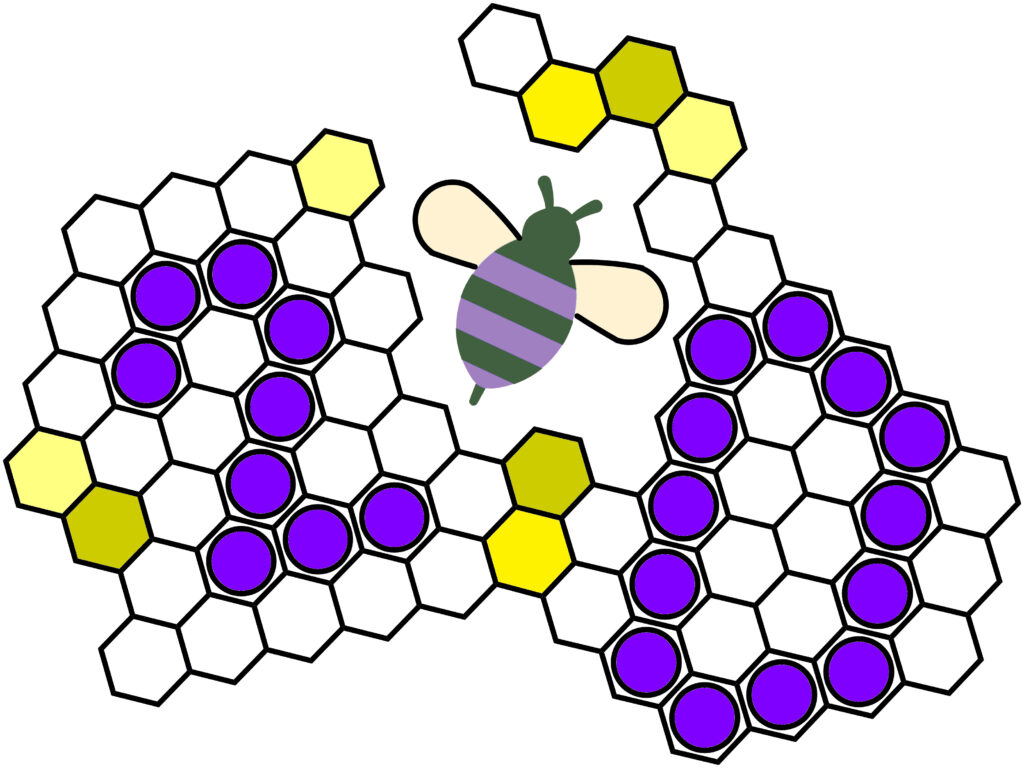
Alfredo Maria Gravagnuolo is Guest Associate Editor for Nanobiotechnology at Frontiers in Bioengineering and Biotechnology
Research Topic Editor: Biointerfacing 2D Nanomaterials and Engineered Heterostructures
About this Research Topic
Graphene and other two-dimensional (2D) nanomaterials hold great promise for the future of biotechnology and biomedicine. Graphene is the primary member of the 2D crystal family and is considered an elite material due to a combination of superior physicochemical and quantum properties, which are all available in a single atom lattice. Indeed, graphene is the thinnest (one atom tick), lightest and strongest material, as well as being an excellent conductor of heat and electricity (at room temperature), almost transparent, highly flexible and impermeable to standard gases.
Despite graphene being the most popular 2D nanocrystal, the family of layered materials is broad and heterogeneous in chemical composition and properties, lending themselves to unlimited applications. For instance, although graphene is a semi-metal, other 2D crystals exhibit diverse properties as metals, semiconductors, insulators or superconductors. Other popular members of this family of nanomaterials are transition-metal dichalcogenides such as molybdenum disulphide (MoS2) and tungsten disulphide (WS2). Hexagonal boron nitride (hBN) and black phosphorous (BP) monolayers, also known as phosphorene, are also part of this family.
Excitingly, the physical, chemical, mechanical and quantum properties of 2D materials are tunable due to their strong structure-property relationship and their sensitivity to the external environment. Hence, 2D sheets can exhibit differing properties depending on their lateral size (from cm wide down to a few nm, i.e. quantum dots), number (thickness) and stacking geometry of layers, shape (e.g. graphene nano-ribbon), (bio)functionalization (e.g. graphene oxide, fluorographene and biofunctionalized graphenes) and other surface modifications (e.g. doping), their surrounding environment, and, in some cases, phase transitions (e.g. 2H and 1T-MoS2).
Ultimately, vertical heterostructures built using 2D materials exhibit a vast combination of properties not previously available in nature. Similar to a LEGO construction, engineered van der Waals heterostructures are vertical assemblies built on demand, comprising different 2D crystals stacked to generate new tailored properties and functions for a broad array of applications.
Today, 2D materials have reached a mature stage of development as real-world devices in electronics, optoelectronics and nanocomposite materials. However, they also hold great potential in the fields of biotechnology and biomedicine. Biological interfacing of materials is a key step to improve their biocompatibility, biofunctionality and selectivity toward biotechnological applications such as biosensors, microchip bioreactors, biological fuel cells, biocatalysis , degradation of pollutants, and in nanomedicine and bioelectronics. The next 10-15 years will be pivotal to address the numerous open questions surrounding nano-bio-enabled technology as well as toxicology of 2D nanomaterials.
This Research Topic welcomes original research articles, communications, reviews and perspective articles aiming to elucidate some of the key aspects of 2D nanomaterial biohybrids: fundamentals, progress, applications and challenges. The main themes are the following: production and biofunctionalization; biointerfaces; identification of the structure-biological interactions relationship; nanomedicine and nanotoxicology; biotechnological applications.
Keywords: 2D Nanobiomaterials, Biointerfaces, Biofunctionalisation, Nanotoxicology, Supramolecular Assemblies
Alfredo Maria Gravagnuolo, Eden Morales-Narváez, Alessandro Martucci